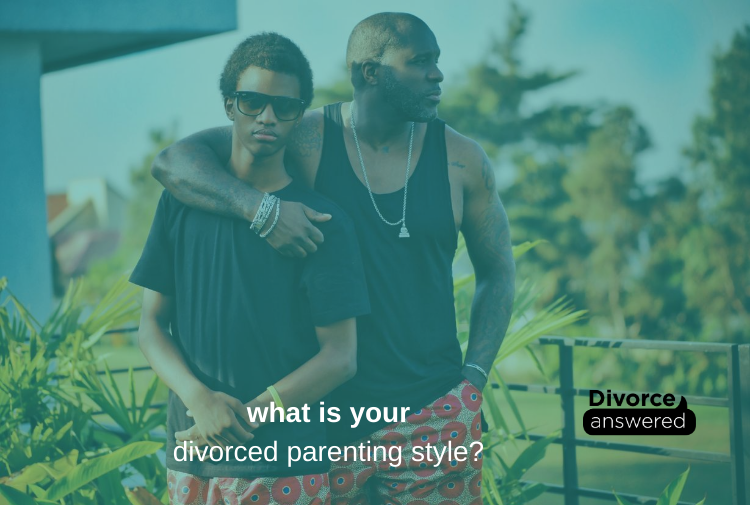
3 PARENTING METHODS FOR SEPARATED COUPLES
When you separate, there isn’t a rule book or guide that you can follow and apply to your relationship. Every divorce is different, each parent is an individual and every situation is unique, which makes applying one rule of thumb virtually impossible. Within each relationship, there are three typical types of parenting styles embraced after the relationship ends. What parenting style will you implement after separation?
The family courts and family law aspires for every divorcing couple’s relationship to work towards cohesive co-parenting. However, this isn’t always possible. How to best communicate with your child’s other parent, what your living arrangements may be and what is in the best interest of you and your child are serious decisions to undertake. This article identifies three main styles which may suit you; In fact, one may jump out at you as a clear method to employ for your family:
Parallel parenting. Parallel Parenting is a technique often utilised in relationships with a narcissistic parent or in high conflict relationship. This style of parenting involves incredibly detailed parenting orders in an attempt to reduce the need for parents to communicate on a regular basis. Each parent and their respective homes have their own parenting styles and autonomy of the child while in their care. The benefit of Parallel Parenting is that each parent is able to be more emotionally stable and remain focused and connected on their child because they are not having to communicate or engage with the other parent. Parents are encouraged to limit their communication (often via email) to essential needs only because the parenting plan is extremely detailed and outlines the code of behaviour, time with each parent and necessary protocols. The parents, due to the high conflict nature of the parents’ relationship, isn’t flexible or open to negotiation.
Cooperative and collaborative parenting. This style of parenting is what many couples aspire to achieve. It is suitable for the more amicable and respectful parents who are able to communicate directly with each other on a regular basis. They share the decision-making for the children, act as a ‘team’ and present a ‘united front’ for their child’s benefit. The parents offer each other flexibility and successfully negotiate changes, which is ideal for shift-working or FIFO parents. The child feels supported and secure with both parents.
Nesting. Instead of having children move between two homes, Nesting has the parents moving between the family home and their alternate residence (which could be a shared apartment) while the children remain in the family home. The expectation is that Nesting offers stability and less disruption to the children and it works well when the parents have an amicable separation. Better still, the children will always have their belongings in the one home. This solution is commonly used short-term until more detailed parenting matters are resolved. In the long-term, Nesting can create new issues between the parents including division of chores and household responsibilities, and the coordination and costs of maintenance for the home – these can become new areas of disagreement between the parents. Some professionals^ have been cited to say that they believe that Nesting gives a false hope to the child that the parents are working things out and may reunite again#.
As always, there are many more and varied versions for living arrangements and communication between parents and their children that aren’t included above. No matter what style of parenting that you embark upon, the aim is to ensure that your child is the winner in the arrangement. Sometimes that comes in the form of you protecting yourself emotionally with parallel parenting and other times it may be with nesting or by offering greater flexibility with your arrangements. Only you know what will be best suited to your situation.
To create your own detailed Parenting Plan, click this link to learn more
RELATED ARTICLES:
Co-parenting 101: How to rise to the challenge
REFERENCE: